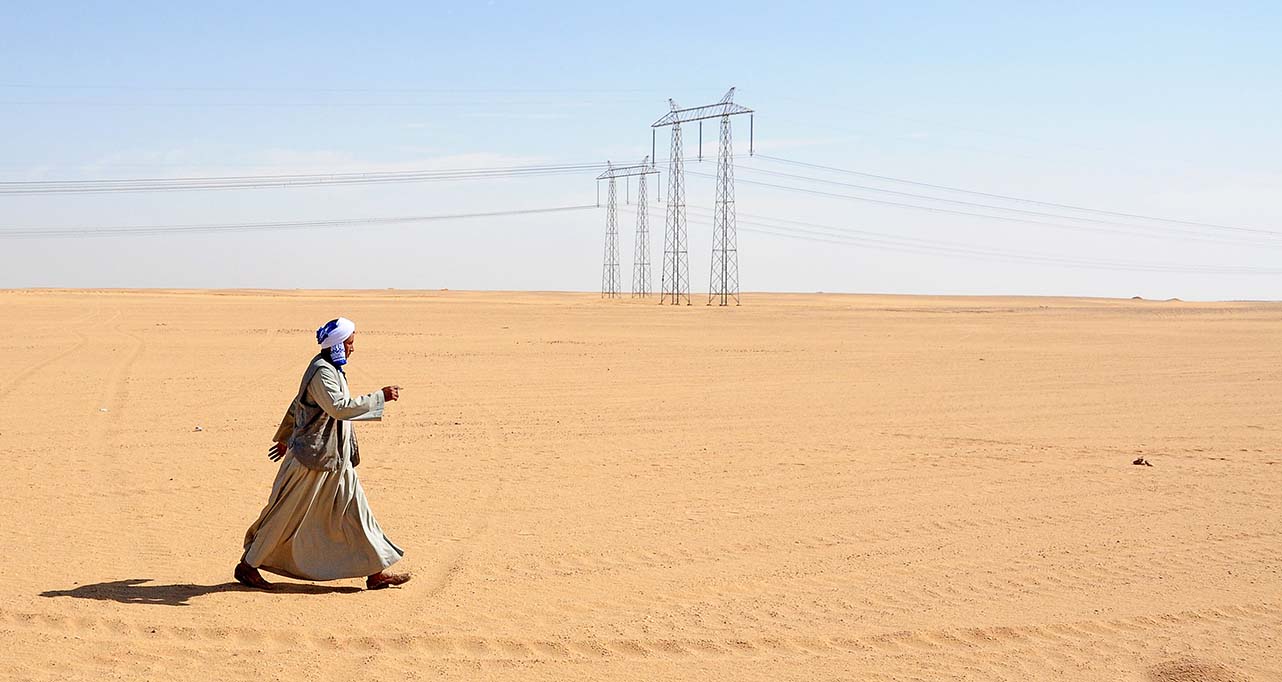- Modernised 174 MW Qairokkum hydropower plant launched in Tajikistan
- US$ 196 million financing helped to introduce innovative climate resilience measures
- Project supported by EBRD-organised US$ 196 million financing package, including contributions from the GCF, the CIF, the EIB, Austria and the UK
The launch of all six hydroelectric units of the Qairokkum hydropower plant (QHPP) has marked the completion of a major renewables project in Tajikistan. Rehabilitation measures at QHPP, which provides electricity to 500,000 people in the Sughd province, included concrete dam works and the installation of hydraulic steel components, turbines and electromechanical equipment. As a result, the plant’s installed capacity has increased from 126 MW to 174 MW. The upgrade introduced innovative climate-resilience measures, enabling the plant to cope with the expected impact of climate change on the country’s hydrological systems.
Initiated in 2019, the upgrade was supported by a US$ 196 million financing package organised by the European Bank for Reconstruction and Development (EBRD). The package consisted of an US$ 88 million EBRD loan, a US$ 37 million loan from the European Investment Bank, a US$ 50 million Green Climate Fund loan and grant and a US$ 21 million CIF loan and grant to the state-owned power utility Barki Tojik. The project also received support from the governments of Austria and the United Kingdom.
Tajikistan is one of the countries most vulnerable to climate change. Its glacial hydrology and, by extension, its hydropower sector, are highly sensitive to the impacts of climate change, but the project is a model of how carefully designed investments can make hydropower more resilient. This model is likely to be replicated across the country and the wider region.
To date, the EBRD has invested more than €1 billion in Tajikistan through 188 projects.




